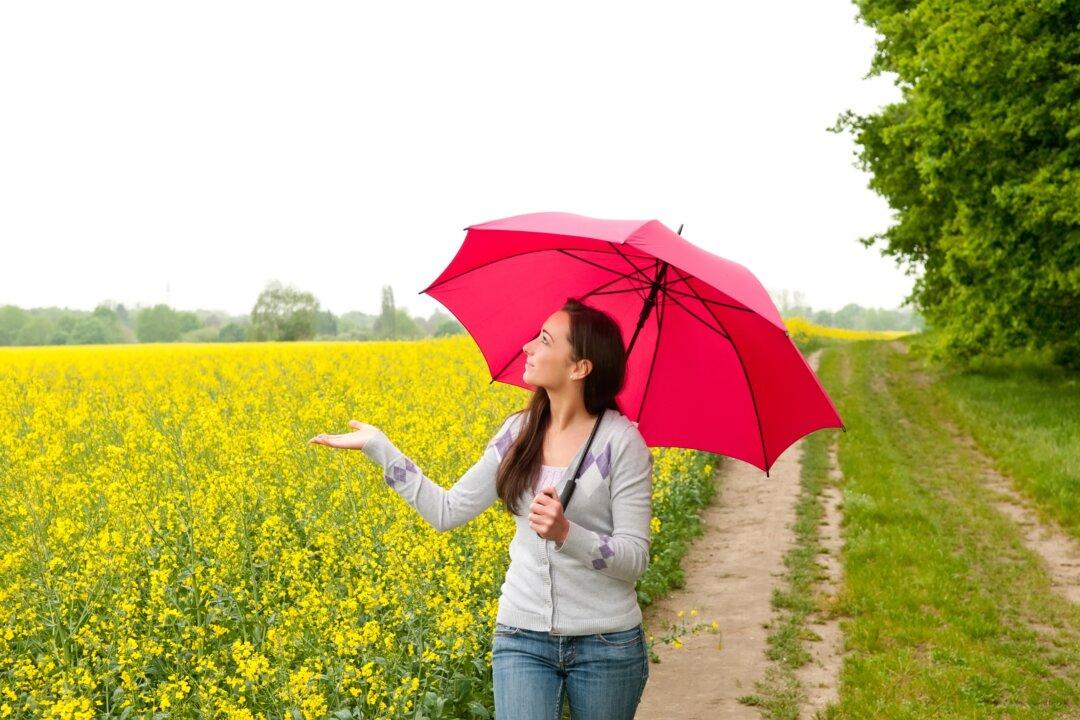Before I get started today, I want you to know there will be a big announcement in this column in two weeks on June 1. It is good news that you won’t want to miss.
I believe it was Mark Twain quoting Charles Dudley Warner who said that “everyone talks about the weather, but no one does anything about it.” I am no exception, but I hope to give you a little information so that you will fit into the first group of people that Benjamin Franklin was talking about when he said, ’some people are weatherwise, and some are otherwise.’





